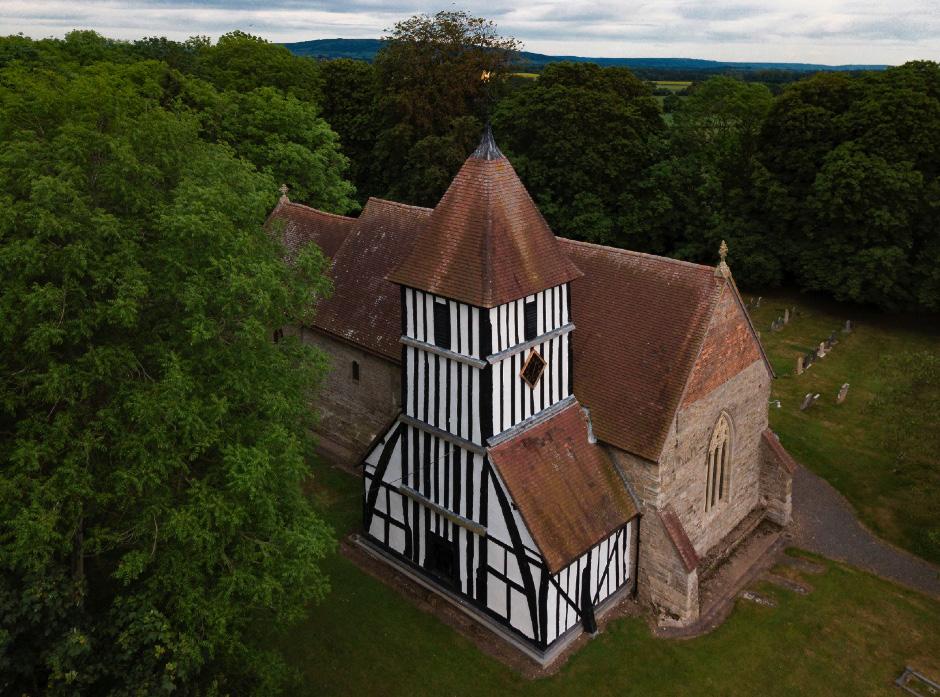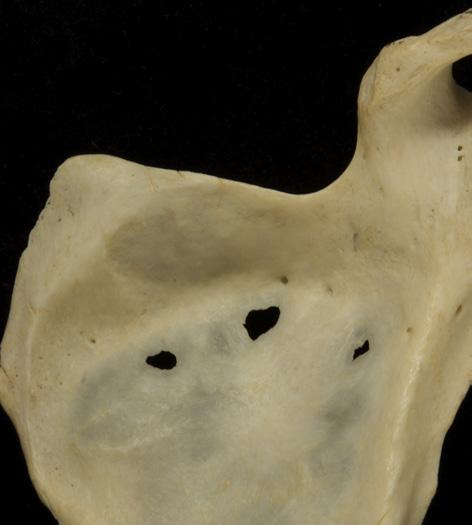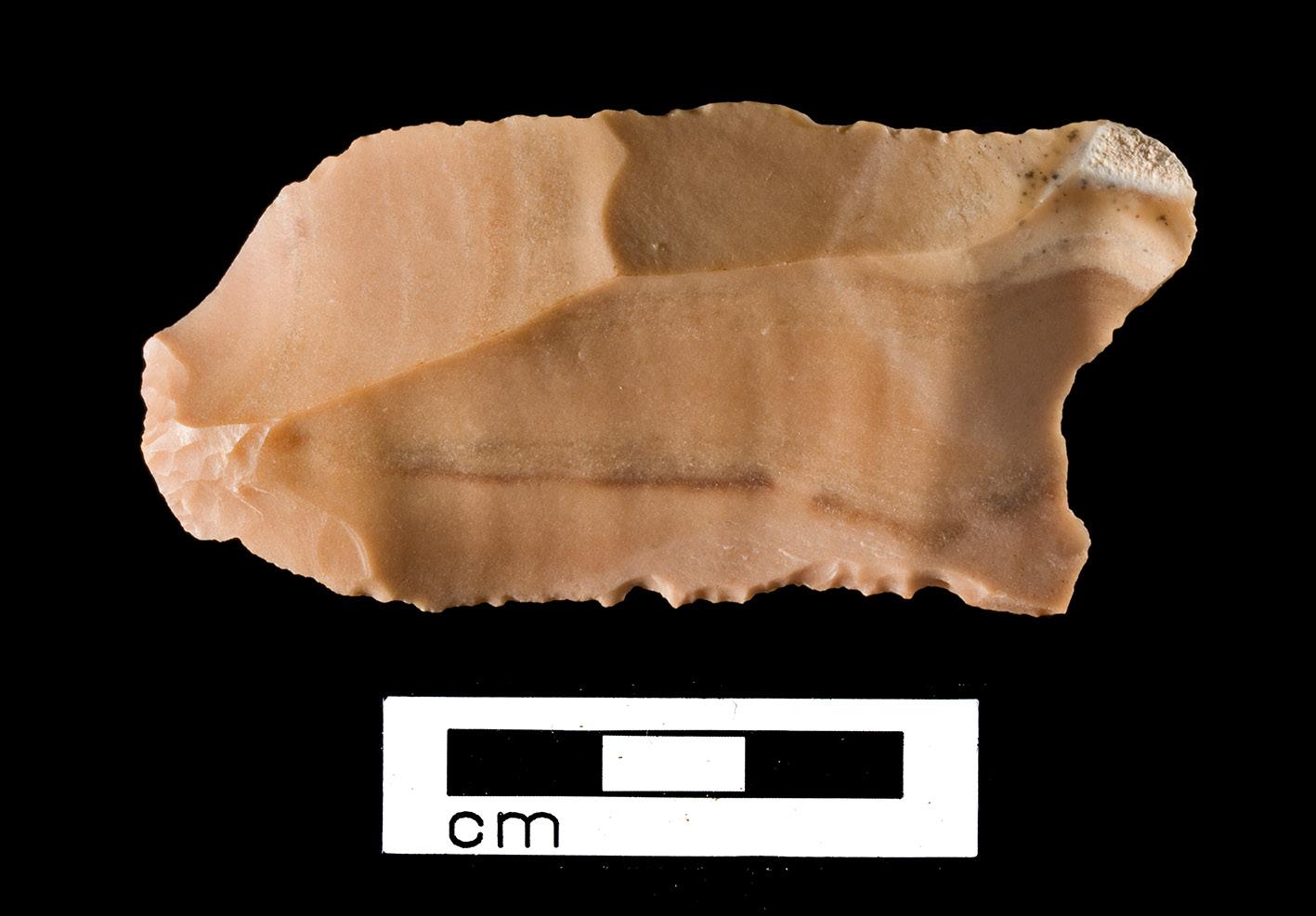HISTORY
In the beginning Personal recollections of the group’s foundation Eric Houlder LRPS.
T
he early 1970s was an important time for archaeological photography. After a long period of indifferent site photography, as evidenced in many published reports and the poorly exposed slides seen too frequently at contemporary conferences, a disparate group of enthusiasts was gradually forcing up the picture quality. Meanwhile, improvements in materials and equipment too were enabling those non-photographers responsible for much site photography to achieve higher standards. Several articles in the popular photographic press, by amongst others the present writer, had been well received. Three books, updating though not necessarily improving upon Cookson’s Photography for Archaeologists, were published within a few years of each other demonstrating that there was a demand for instruction in site photography (Matthews 1968, Simons 1969, Conlon 1973). The book by Matthews surprisingly, has no archaeology in it! Archaeology itself was changing. The Wheeler Box system was gradually giving way to Open Area excavation, whilst the pace of development in town
and country was outpacing the older systems of summer digs and haphazard rescue and record. Since before the Second World War, excavations had generally been organised in the summer academic vacations. This was convenient as the organisers were, with few exceptions, academics themselves, whilst the volunteers who did much of the actual digging were often students, teachers, or amateur archaeologists who could choose their work holiday week or fortnight in the summer. Any chance discoveries made by development or agriculture were investigated by the same academics, by local museum curators, or by local enthusiasts. The CBA (Council for British Archaeology) was a co-ordinating body set up in the closing years of the War. It published an annual Calendar of Excavations which carried details of proposed digs and how to join them. In the offseason it carried brief reports of each site for the benefit of participants. I grew up with this system. After digging as a volunteer on a number of local sites, I was befriended by a couple who had both, individually,
Mr Pinchitraker’s photograph of the Group’s birth in Audley House, London in 1974. Left to Right, Lt Col Derek Knight, MBE Hon FRPS, later President of RPS, Sir Mortimer Wheeler, Robert Pitt ARPS, Brian Tremain FRPS, and Kenneth Warr, RPS General Secretary. 7










